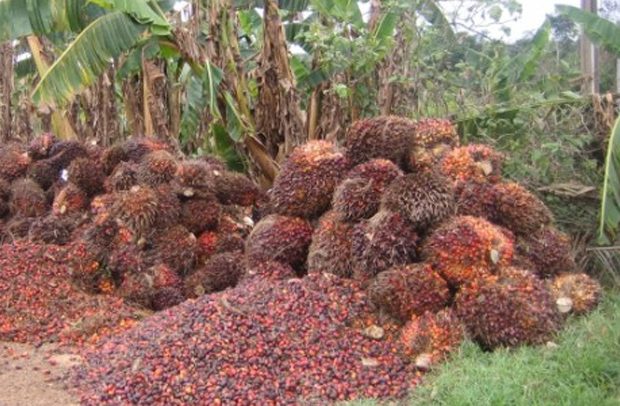Ghana exported a total of $101.4 million (circa 101,015 metric tons) of palm oil derivatives to 19 countries across the globe in 2017, up from $77.7 million in 2016.
Senegal emerged as the top destination for Ghana’s palm oil derivatives with imports of $57.2 million.
China was the least consuming market for the product from Ghana, importing an insignificant quantity worth $ 1,000.
Imports from Niger, Benin and Burkina Faso amounted to $23.7 million, $ 5 million and $ 4.9 million respectively from Ghana.
Other destinations for Ghana included Nigeria, UK, Spain and Togo, among others.
The ECOWAS market was the largest consumer of Ghana’s palm oil derivatives, representing 94% of total exports of the product to the world.
While exports from Ghana to the world grew by an average of 59% between 2013 and 2017, exports from Ghana to Senegal grew by an average of 500% over the same period.
Niger, Burkina Faso, UK, Spain, the Netherlands, and USA, which imported products ranging between $1 million and $2 million from Ghana, had an average import growth of over 50% between 2013 and 2017.
Spain’s imports from Ghana grew by an average of 325% over the same period.
Senegal’s global importation of palm oil derivatives amounted to about $126m, with Ghana as the largest supplier to the Senegalese market (40.2% market share).
Other suppliers to the Senegalese market included Malaysia (19.2%), Indonesia (9.4%) and Togo (8.8%).
Global demand for palm oil derivatives in 2017 was estimated at $23.1 billion, up from $19 billion in 2016.
China was the largest importer of the product with an estimated import value of $3.5bn.
Other importers were India ($2.19bn), Pakistan ($2bn), USA ($1.1bn) and Bangladesh ($1bn). Among the top five global importers, India’s imports grew averagely by 11% between 2013 and 2017.
Beyond Ghana’s existing markets, new and potential markets with attractive and positive growth rates for consideration are Madagascar (67%), Kazakhstan (47%), India (6%) and Pakistan (3%).
China has been the dominant global importer of the product for some years now, although average growth rate was on the decline (-3%) between 2013 and 2017.
Imports from China increased by 23% in 2017 over the 2016 imports of same products, indicating a resurge in demand.
Indonesia and Malaysia accounted for about 99.9% of all imports of palm derivatives by China.
Given the volume and value of Chinese imports of the product, as well as other commerce considerations such as tariff, Ghanaian suppliers must see China as a market with a huge potential.
Similarly, ECOWAS and the entire African markets have immense potential for Ghanaian palm oil derivatives due to favourable trade protocols such as ETLS and the yet-to-be implemented Continental Free Trade Area (CFTA).


